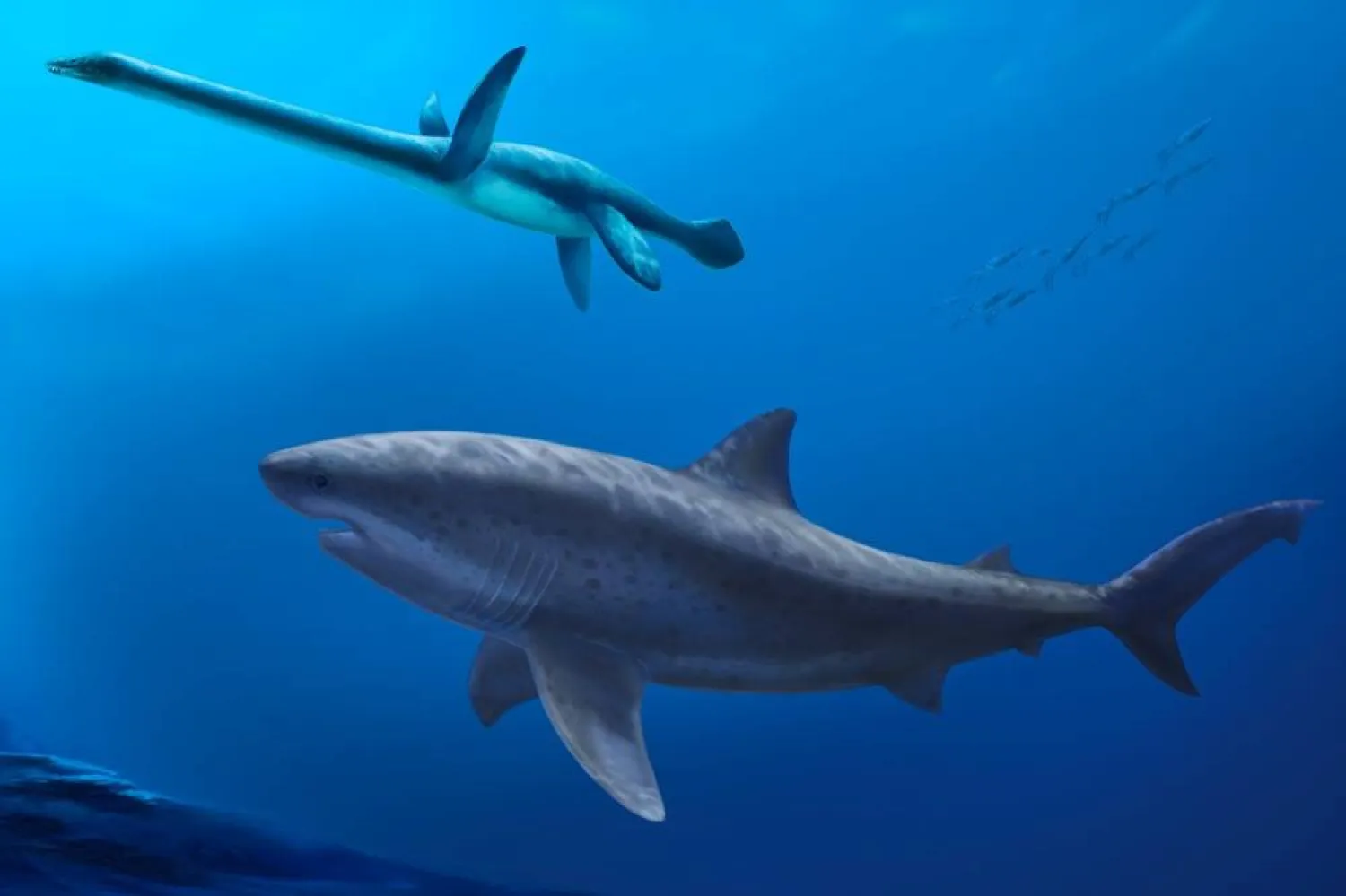Some primates, bees, birds, and now freshwater fish: the circle of animals with mathematical skills is widening. A recent study has found that some types of fish have mathematical abilities such as addition.
It’s scientifically proven that all vertebrates, and even some invertebrates have the ability to measure quantities- a vital function creatures need when searching for food, avoiding predators, moving in group, and mating.
But scientists are now investigating how these creatures can quantify: is it a simple estimate based of the object’s size, or they are actually able of doing accurate math? Former studies showed that some monkeys, parrots, pigeons, spiders, and bees are capable of processing numerical information, and even performing simple mathematical functions.
A recent study at the University of Bonn’s Institute of Zoology revealed that some types of fish such as cichlids, stingrays, and zebra mbuna have some math skills. The findings were published in the journal Scientific Reports.
Eight fish of each type underwent hundreds of tests in large tanks specially designed to monitor their performance. In the tanks, the fish were trained to associate the blue color with addition (+1), and the yellow color with subtraction (-1).
Then, the scientists spread cards featuring blue and yellow shapes, and made the fish choose from two sliding doors each featuring a card with different number of shapes; one of the two doors has the correct answer.
For instance, when a fish sees a card with three blue shapes, it is supposed to swim towards the door with the card featuring four blue shapes as blue refers to addition. On the contrary, if the fish sees a card featuring four yellow shapes, it should head towards the door with the card featuring three yellow shapes, one shape lesser than the original card, as yellow refers to subtraction.
When the fish passed through the correct door, it was rewarded with its favorite food. The study showed that six of the mbuna fish and four stingrays successfully linked blue to (+1), and yellow to (-1).
According to researchers, the mbuna fish needed more time to select the door, and mbunas and stingrays remembered addition more easily than subtraction.
The researchers said their work unveils new cognitive abilities that could help mbunas and stingrays recognize other fishes from the same species based on their appearance, by counting the lines or spots on their bodies.









